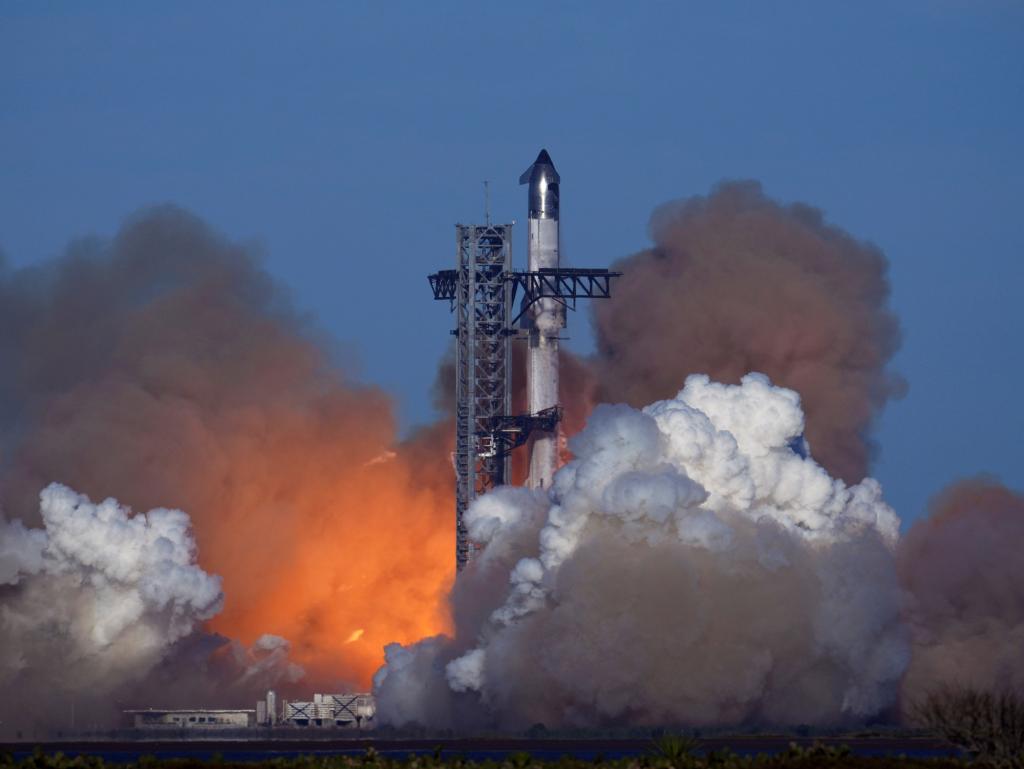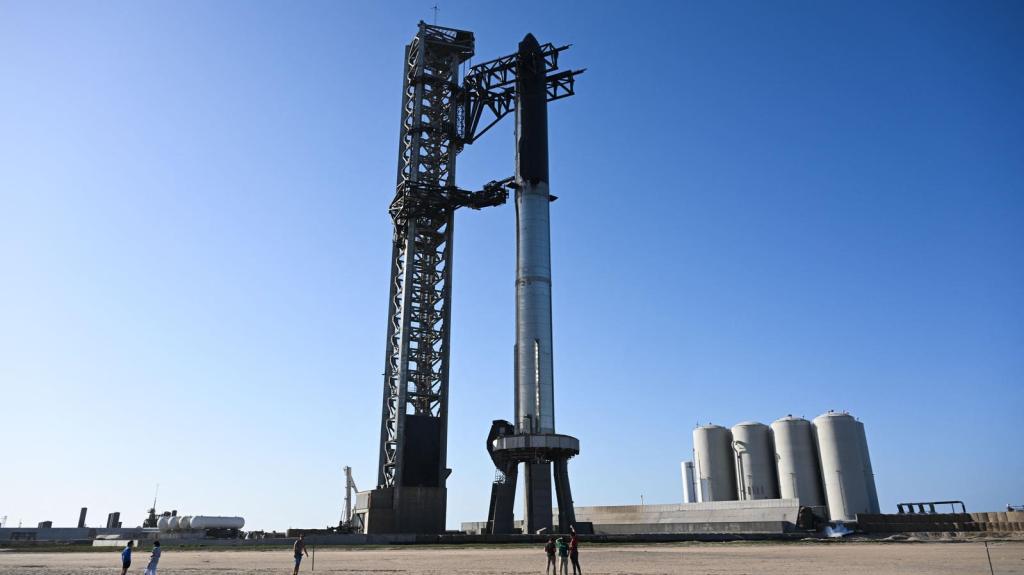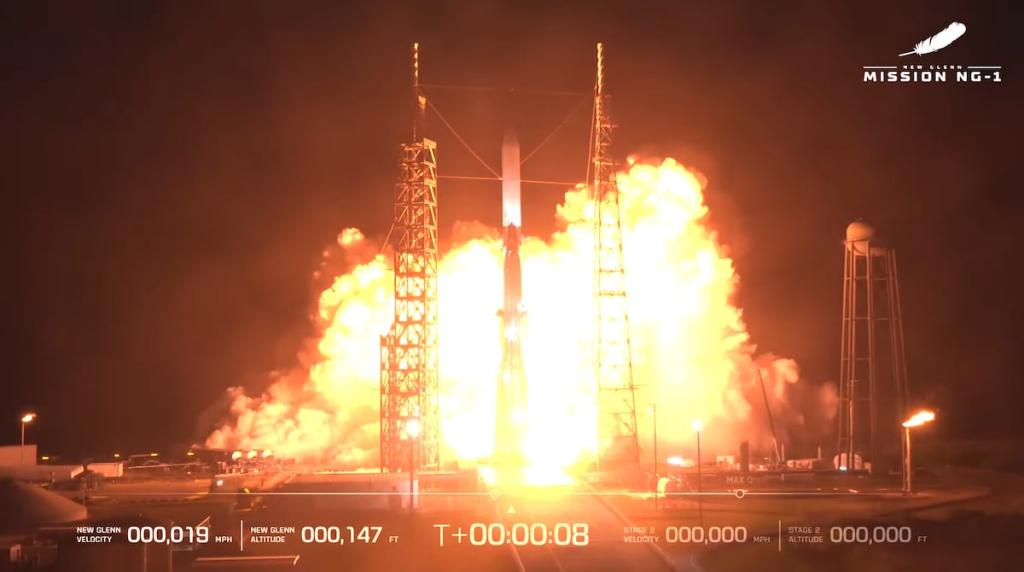Jared Isaacman’s Polaris Dawn: Breaking Ground in Spacewalks
Join Jared Isaacman on the Polaris Dawn mission as it marks history with the first-ever private spacewalk, pushing the limits of exploration.
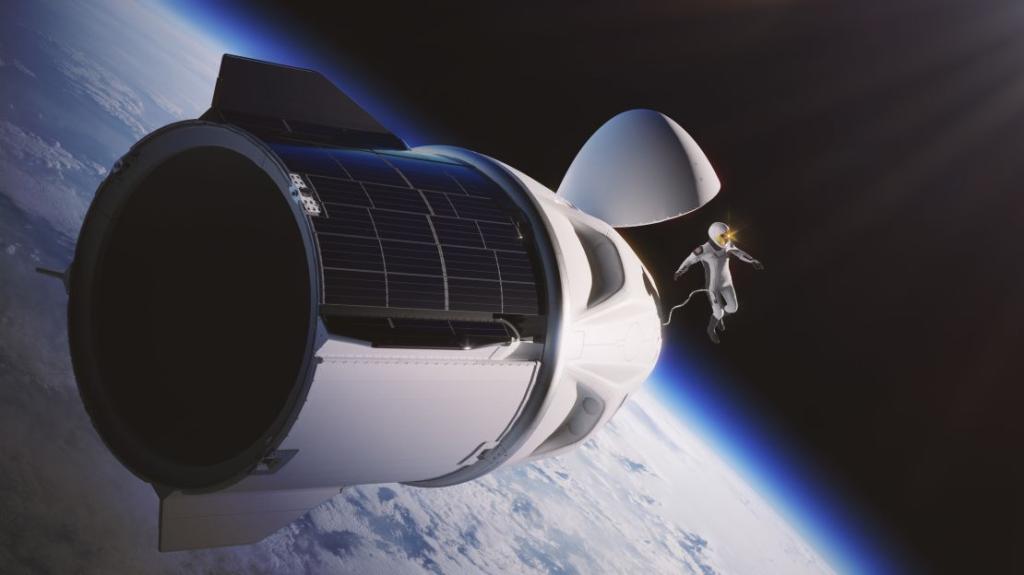
Key Points
- The Polaris Dawn
mission, led by billionaire
Jared Isaacman, aims to achieve the first private spacewalk while reaching unprecedented altitudes.
- This groundbreaking mission will utilize new spacesuit technology and conduct crucial scientific experiments in the Van Allen radiation belts
.
- Isaacman hopes to inspire future generations through private space exploration, emphasizing innovation and the potential for human expansion into the cosmos.
The world of space exploration is on the brink of a monumental transformation, and at the forefront of this revolution is billionaire Jared Isaacman and his Polaris Dawn mission with
. Scheduled to launch on August 26, this mission isn't just another flight to the stars; it aims to achieve the first-ever private spacewalk, breaking new boundaries in what private citizens can accomplish in the cosmos.
Isaacman, who previously gained attention for his
mission, has financed and organized a team of four individuals, including two SpaceX engineers and a retired military pilot, to embark on this ambitious journey. During the five-day mission, the crew will not only conduct a series of scientific experiments but will also attempt a spacewalk that dramatically raises the stakes compared to previous private missions.
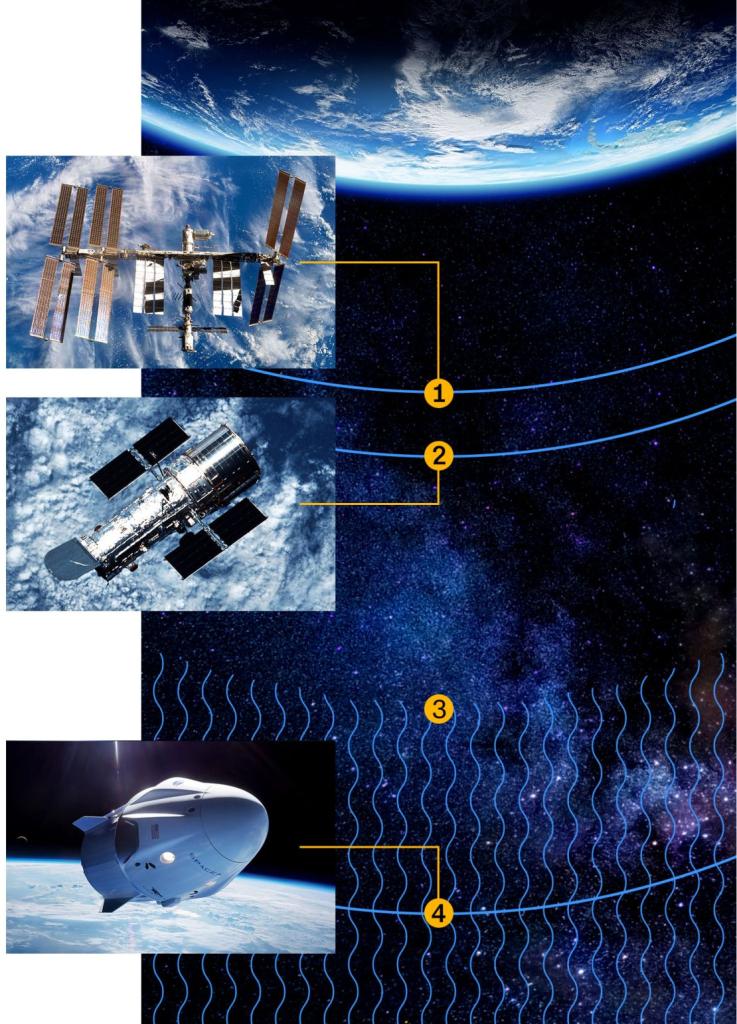
The Mission's Objectives
Polaris Dawn is characterized by several ambitious goals. First and foremost, the mission is set to reach an impressive altitude of 1,400 kilometers (about 870 miles) above Earth, exceeding the altitudes achieved by any human since the Apollo missions in the 1970s. In doing so, the crew will cross into the Van Allen radiation belts, increasing the complexity and risk of the mission significantly.
But the primary highlight will undoubtedly be the Extravehicular Activity (EVA), or spacewalk, where Isaacman and fellow astronaut Sarah Gillis will venture outside their
capsule. Instead of the traditional airlock procedure used in space missions, this mission will utilize a novel approach to depressurization, exposing the entire crew to the vacuum of space—an unprecedented maneuver for private citizens.

Developments in Space Technology
This historic mission serves a dual purpose: it aims to conduct scientific research while also testing new technology. The spacewalk will be executed in new spacesuits specifically developed by SpaceX, designed to endure the harsh conditions of space without a primary life support system. Instead, these suits are connected to a life support system in the spacecraft, which presents an exciting new challenge and opportunity to test life-support technologies.
Isaacman’s commitment to advancing technology is evident in his goals for Polaris. He has stated, “Everything is about building the next generation”. This perspective not only emphasizes the importance of continuous innovation but also recognizes that space technology will play a crucial role in future endeavors, including plans for missions to Mars.
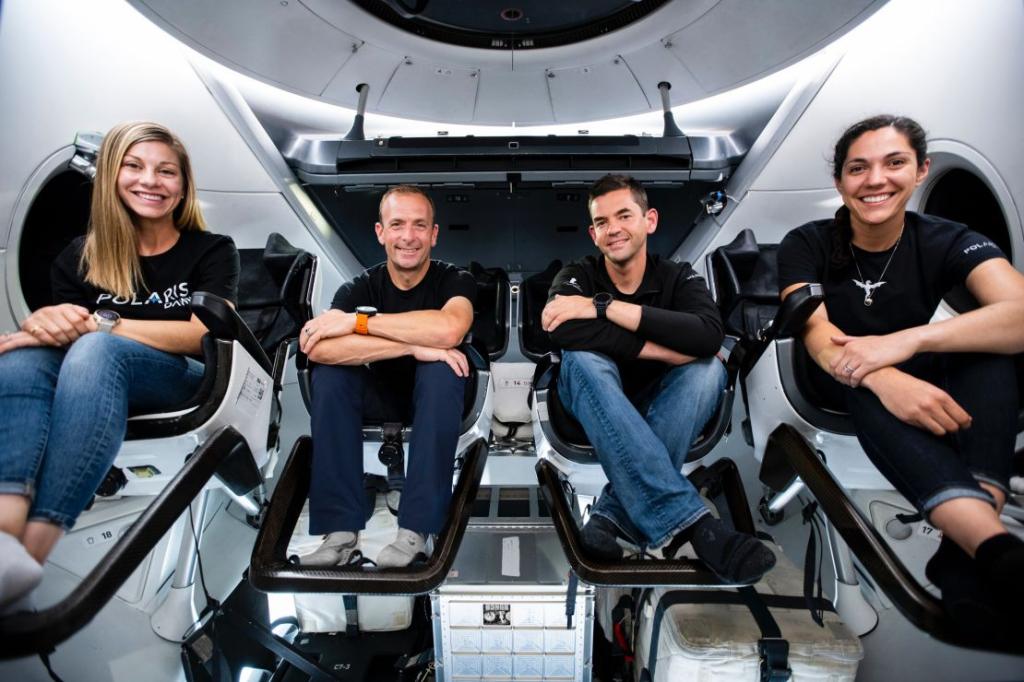
Inspiring Future Explorations
Through this mission, Isaacman seeks to inspire a new generation to look beyond our planet. His efforts, particularly with his previous Inspiration4 mission that raised funds for St. Jude Children's Hospital, underscore a broader mission of philanthropy intertwined with groundbreaking exploration. “Throughout our mission, we will aim to inspire humankind to look up and imagine what we can achieve here on Earth and in the worlds beyond our own”, Isaacman stated.
With the Polaris Dawn mission, SpaceX and its crew exemplify what private enterprise can achieve in the realm of space exploration. This mission is not merely about the thrill of adventure; it’s a crucial building block for future explorations that aim to extend human presence far beyond Earth. As Isaacman pointed out, “We’ve barely dipped our toe in the ocean, we’ve not even scratched the surface”.

The Polaris Dawn mission represents a pivotal moment in private space exploration history. It challenges not only the limits of human endurance but also the boundaries of innovation in technology and communications in space. As we witness these ambitious achievements unfold, we cannot help but feel excited about the future of space travel. This mission is indeed a profound step forward in our quest to explore the universe.
